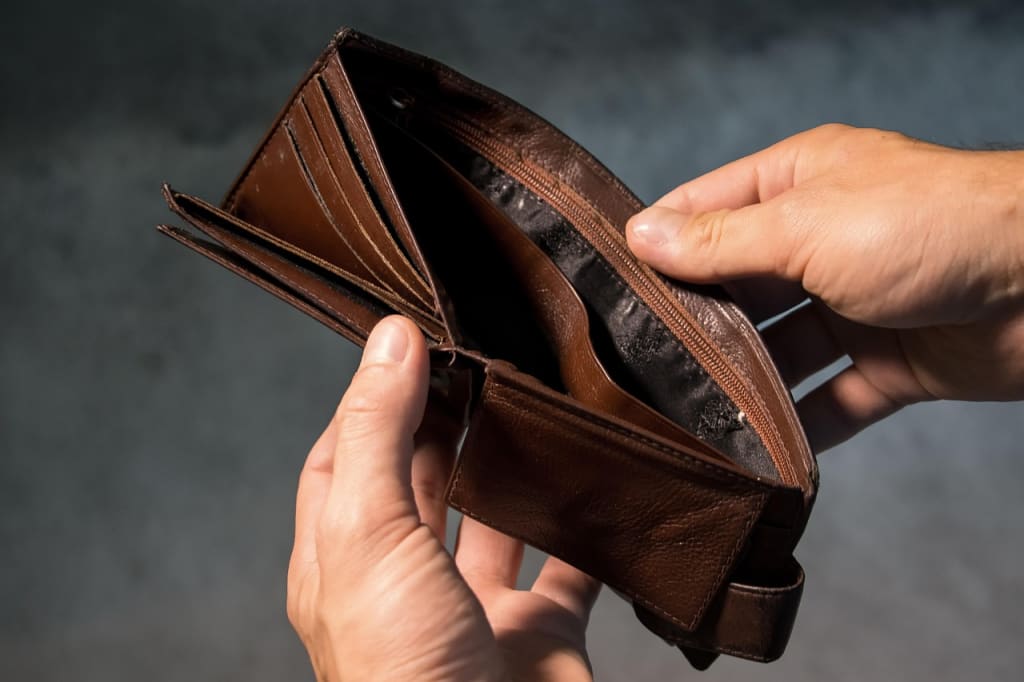The Ultimate Guide to Building an Emergency Fund
Personal Finance: Money-saving hacks and budgeting tips Investing in cryptocurrencies: Risks and rewards Passive income ideas for financial independence Guide to starting a successful online business Retirement planning and smart financial decisions

Introduction:
Life is unpredictable, and unexpected expenses can often throw our finances off balance. That's where an emergency fund becomes a crucial financial safety net. An emergency fund is a dedicated savings account designed to cover unforeseen expenses, such as medical emergencies, car repairs, or job loss. In this ultimate guide, we will walk you through the steps to build and grow an emergency fund to protect yourself from financial hardships.
1. Determine Your Target Amount:
The first step in building an emergency fund is to determine your target amount. Ideally, aim to save three to six months' worth of living expenses. Calculate your essential monthly expenses, including rent/mortgage, utilities, groceries, insurance, and debt payments. Multiply this amount by the number of months you wish to save for, ensuring it adequately covers potential emergencies.
2. Create a Separate Account:
To prevent dipping into your emergency fund for non-emergency expenses, create a separate savings account specifically designated for this purpose. Consider choosing a high-yield savings account or a money market account that offers competitive interest rates while providing easy access to your funds when needed.
3. Start Small, Automate Savings:
If you're new to saving, don't be overwhelmed by the target amount. Start small and gradually increase your contributions over time. Set up an automatic transfer from your paycheck to your emergency fund account each month. Treating it as a regular bill ensures consistent contributions and makes saving effortless.
4. Reduce Expenses and Increase Income:
To accelerate your emergency fund growth, evaluate your current expenses and identify areas where you can cut back. Trim unnecessary subscriptions, dine out less frequently, and find creative ways to save on utilities. Simultaneously, explore opportunities to increase your income, such as freelancing, part-time work, or selling unused items. Redirect the extra money directly into your emergency fund.
5. Make Saving a Priority:
Building an emergency fund requires discipline and making saving a priority. Instead of saving what's left at the end of the month, allocate a portion of your income specifically for your emergency fund. Treat it as an essential expense rather than an afterthought. Consistency is key, and even small contributions will add up over time.
6. Embrace Windfalls and Bonuses:
Whenever you receive unexpected windfalls, such as tax refunds, work bonuses, or monetary gifts, consider allocating a portion (or the entirety) to your emergency fund. While it may be tempting to splurge, diverting these unexpected funds towards your financial security will provide peace of mind in the long run.
7. Stay Focused and Adjust as Needed:
Building an emergency fund is a long-term commitment, and it's essential to stay focused on your goal. Track your progress regularly, celebrate milestones, and reassess your contributions periodically. If your financial circumstances change, such as an increase in expenses or a decrease in income, adjust your savings strategy accordingly to ensure your emergency fund remains adequate.
8. Resist the Temptation to Borrow:
As your emergency fund grows, it might be tempting to view it as a source of quick cash. However, remember that its primary purpose is to protect you from unexpected expenses. Resist the urge to borrow from your emergency fund unless you're genuinely facing a legitimate emergency. Maintaining its integrity will ensure its effectiveness when you need it most.
Conclusion:
Building an emergency fund is a vital aspect of financial planning. It provides stability, peace of mind, and a sense of security during uncertain times. By following the steps outlined in this ultimate guide, you can establish and grow an emergency fund that will protect you from unexpected financial challenges. Start today, stay committed, and watch your emergency fund flourish, bringing you financial stability and confidence for the future.
About the Creator
Mohamed Rimzan
One day I will find the right words, and they will be simple.






Comments (2)
Lovely
Lovely